Hair is as unique as the individuals it belongs to. Hair types have three categories, and your hair is a combination of all these categories. By understanding the characteristics of your hair—whether it’s texture, density, or porosity—you can tailor your care routine for optimal health and appearance. You just have to find your type. This guide explores the different types of hair based on texture, shape, density, and porosity.
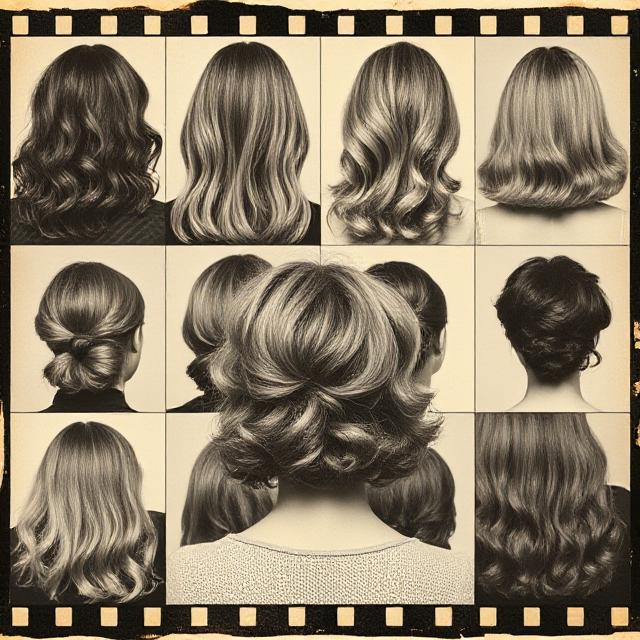
Types of Hair by Texture, Shape, and Curl Pattern
What Are Hair Textures?
Hair texture refers to the thickness and shape of each strand. It plays a significant role in determining how your hair looks and behaves. There are four primary hair textures:
Straight Hair (Type 1)
Straight hair tends to be shiny because the natural oils from the scalp can easily travel down the hair shaft. It’s usually resistant to curling but prone to becoming oily.
- Type 1A: Fine, soft, and completely straight.
- Type 1B: Straight but with more volume or texture.
- Type 1C: Straight with coarse texture and a tendency to frizz.
Wavy Hair (Type 2)
Wavy hair has an “S” shape, providing a natural bounce. It is versatile, offering the ability to style in waves or straighten it.
- Type 2A: Loose, barely noticeable waves.
- Type 2B: Defined waves with some frizz.
- Type 2C: Thick, coarse waves that are closer to curls.
Curly Hair (Type 3)
Curly hair has more pronounced spirals and tends to be drier than straight or wavy hair. It requires extra moisture to maintain its shape and prevent frizz.
- Type 3A: Loose, large curls with a shiny texture.
- Type 3B: Bouncy, tighter curls with medium volume.
- Type 3C: Tight, corkscrew-like curls that are dense and coarse.
Coily Hair (Type 4)
Coily hair, also known as kinky hair, features tight curls and zigzag patterns. It is the most fragile hair type and benefits from protective hairstyles and deep conditioning.
- Type 4A: Tight coils with an “S” pattern.
- Type 4B: Z-shaped curls that are less defined.
- Type 4C: Very tight, dense curls with little to no definition.
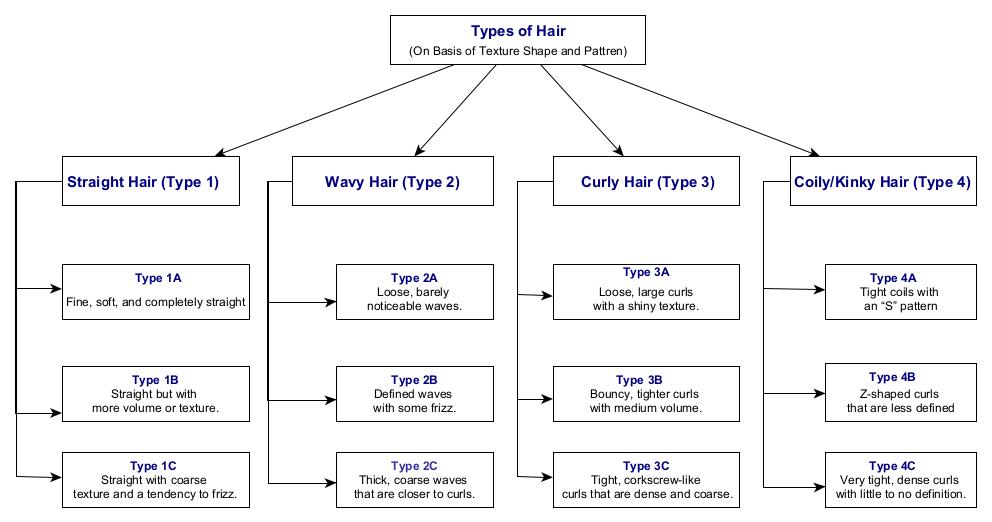
How to Determine Your Hair Shape and Curl Pattern
The curl typing system categorizes hair from 1A (straight) to 4C (coily). To identify your curl pattern:
- Wash your hair and let it air dry without applying any product.
- Observe the shape of your strands. Are they straight, wavy, or curly?
- Look at the tightness of curls if applicable.
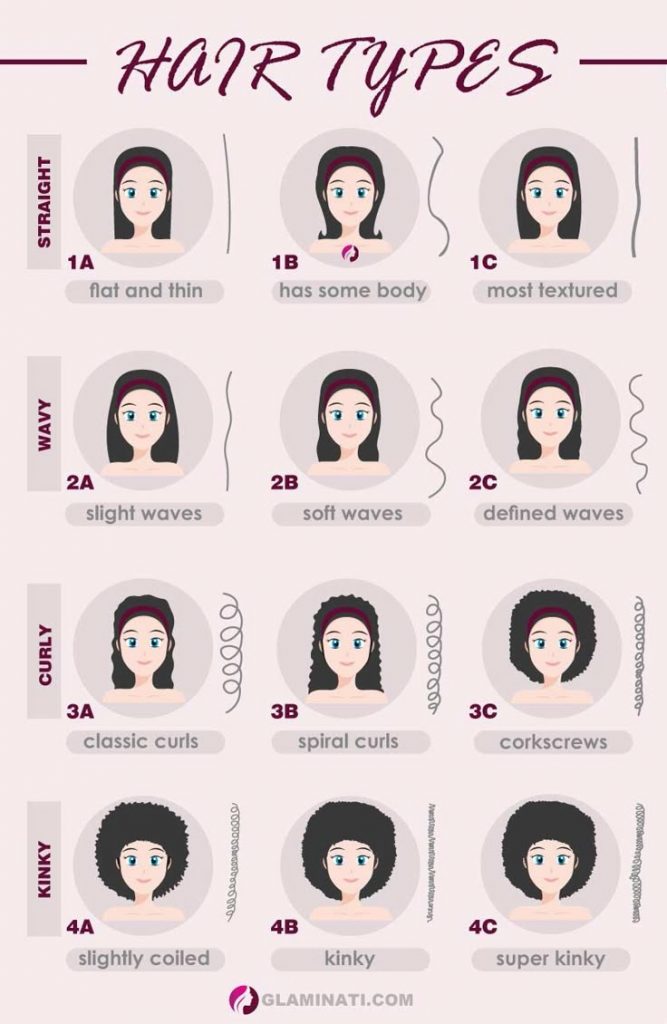
Knowing your curl pattern can guide you in selecting the right styling products and techniques.
Types of Hair by Density
What Is Hair Density?
Hair density refers to the number of hair strands on your scalp. It impacts how full or thick your hair appears. Density is independent of texture and varies among individuals.
Categories of Hair Density
- Low-Density HairSparse hair strands lead to a thinner appearance. Styling tips for low-density hair include volumizing products and layered cuts to create the illusion of fullness.
- Medium-Density HairThis balanced density is neither too thin nor too thick. It is versatile and works well with most hairstyles.
- High-Density HairThick hair appears voluminous but can be challenging to manage. Proper layering and hydration are essential to prevent it from feeling heavy.

How to Measure Your Hair Density at Home
- Part your hair and examine your scalp.
- Easily visible scalp: Low density.
- Partially visible scalp: Medium density.
- Barely visible scalp: High density.
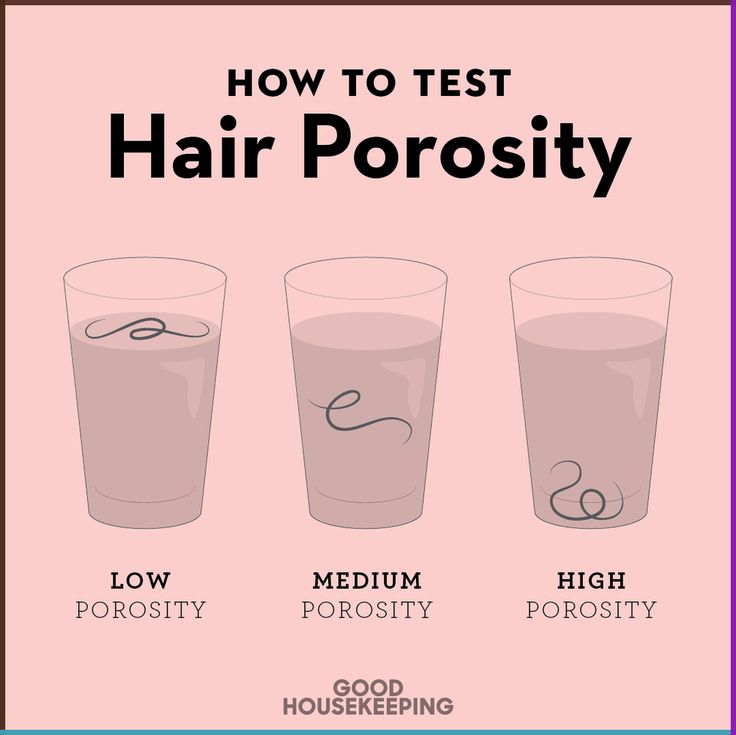
Understanding your hair density helps in choosing appropriate products and styles.
Types of Hair by Porosity
What Is Hair Porosity?
Hair porosity measures how well your hair absorbs and retains moisture. It is determined by the condition of your cuticle, the outermost layer of your hair shaft.
Testing Hair Porosity at Home
The float test is a simple way to check porosity:
- Take a clean strand of hair and place it in a glass of water.
- Observe how it behaves:
- Floats or stays on the surface: Low porosity.
- Sinks slowly: Medium porosity.
- Sinks quickly or moves down to the bottom: High porosity.
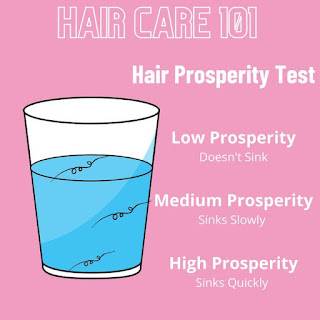
Categories of Hair Porosity
- Low Porosity Hair: The cuticle is tightly packed, making it difficult for moisture to penetrate. Products like lightweight oils and heat treatments can help.
- Medium Porosity Hair: This type has a balanced moisture absorption and retention, requiring minimal maintenance.
- High Porosity Hair: The cuticle is raised or damaged, causing moisture to escape quickly. Use protein treatments and heavy moisturizers to restore balance.

How Porosity Impacts Hair Care
Porosity affects how products interact with your hair. For example:
- Low Porosity Hair: Avoid heavy creams that sit on the surface.
- High Porosity Hair: Use sealing oils to lock in moisture.
Understanding your hair’s texture, density, and porosity is key to tailoring your hair care routine. Whether you have straight, wavy, curly, or coily hair, recognizing its unique characteristics allows you to choose the right products and techniques.
Final Tips for Maintaining Healthy Hair
- Regularly moisturize your hair to keep it hydrated.
- Use products formulated for your specific hair type.
- Avoid excessive heat styling to prevent damage.
- Consult a hair care professional for personalized advice.
By taking the time to understand and care for your hair, you can keep it looking healthy and beautiful, no matter its type!



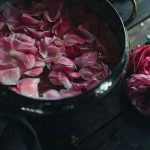
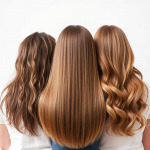
I’ll right away grab your rss as I can not find your email subscription link or newsletter service. Do you have any? Kindly let me know in order that I could subscribe. Thanks.